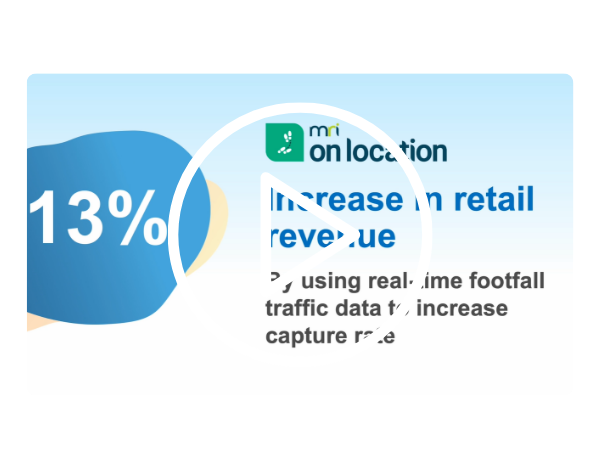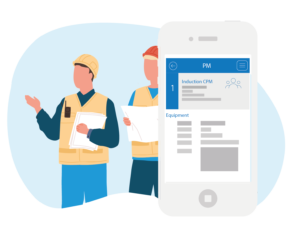Weaker Black Friday Footfall Expected Compared to Previous Years
As the consumers of New York City prepare for the magic of the holidays, attention turns to how the city will fare this Black Friday amid slowing inflation and weakening footfall performance on the day itself since 2018, which is when the retail intelligence experts at MRI Software started publishing pedestrian traffic data for New York.
Footfall on Black Friday in the previous two years (2021 and 2022) has declined by an average of -1.8% week on week, which could indicate consumers extending their Thanksgiving break to spend time with friends and family. From 2018 to 2022, pedestrian traffic declined week on week on the day itself by an average of -6.9%, however, if we take the week as a whole, pedestrian traffic rose by 1% in 2022. This highlights that many consumers are likely to have ventured into the city earlier in the week to shop for Thanksgiving and potentially a long weekend, which would include Black Friday.
The retail intelligence experts at MRI Software predict that pedestrian traffic will decline by around -3.3% on Black Friday in New York City. Despite inflation easing, consumers are still paying 3.2% more for their essential items than in previous years, which is likely to restrain spending power. However, it isn’t all doom and gloom for retailers within the city, as MRI Software’s most recent consumer survey highlighted that 75% of consumers will participate in the Black Friday sales. That said, 36% will look to do this online and 33% will adopt a dual approach, choosing to shop in store and online. This strengthens the argument for retailers in ensuring their businesses are set up for omnichannel delivery, especially in peak trading periods such as Black Friday and the overall festive season.
New York City retailers should approach this festive season with tempered expectations, as 35% of consumers state they will be looking spend less on individual gifts than last year, and the main concern as we head into the festive season for 45% of consumers is related to rising prices for essential items, which suggests that consumers are already treading carefully and may delay festive spending in order to maximize their savings.
Last year, pedestrian traffic rose by 1.8% from the year before (2021) on Black Friday. However, much of this uplift could be viewed as an anomaly caused by Covid in the previous year, when shoppers were cautious about visiting congested retail destinations. While we may see pedestrian traffic decline week on week this year, the annual outlook appears positive, as MRI Software anticipates that pedestrian traffic could rise by +6.4% from last year.
Additionally, this forecast hasn’t taken into account weather disruptions that may occur in the days leading up to Black Friday, which will also have an effect on pedestrian traffic if consumers are unable to reach the city and choose to shop online instead. All in all, the economic challenges facing consumers, combined with intermittent weather conditions, are likely to contribute to a weakening in Black Friday footfall from last year.
MRI OnLocation Overview Video
Don’t guess your customers’ needs – understand them with hard data. Watch this brief video to see how real-time traffic analytics help you improve efficiency, save costs, and drive results for your location.

